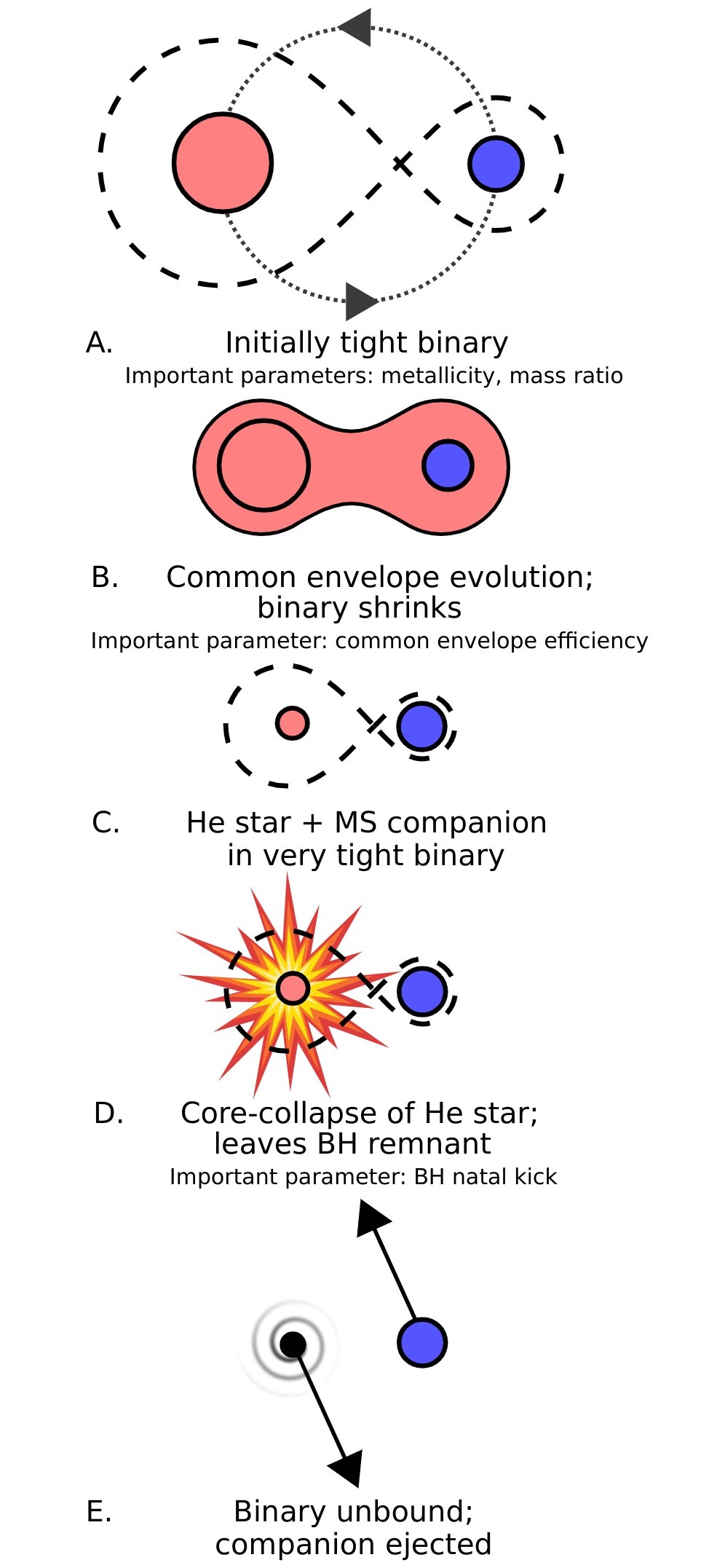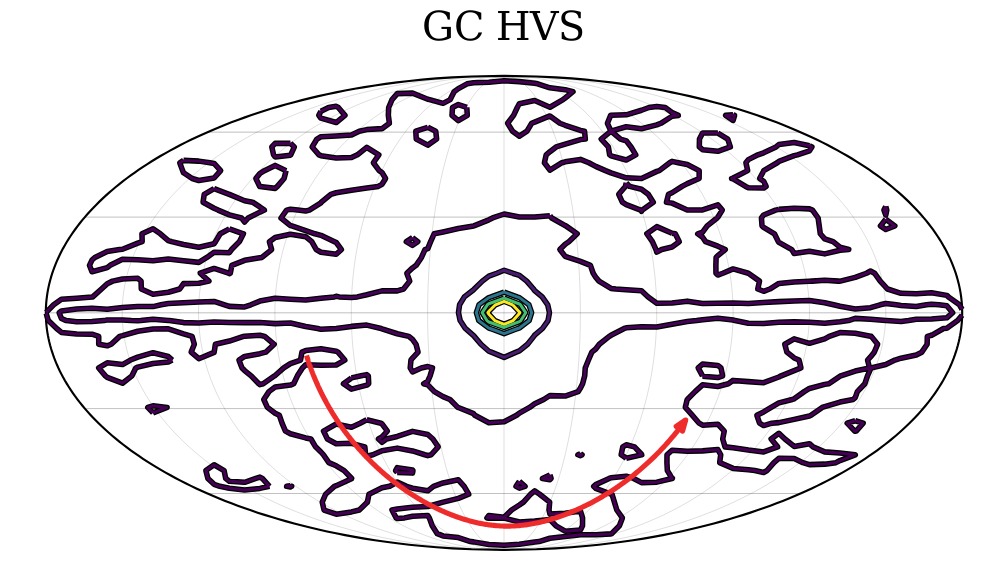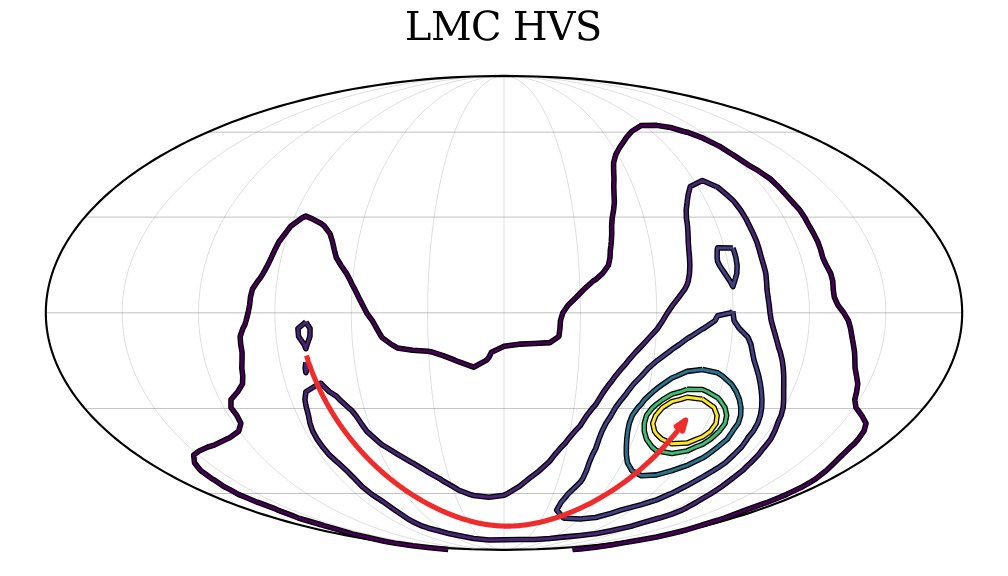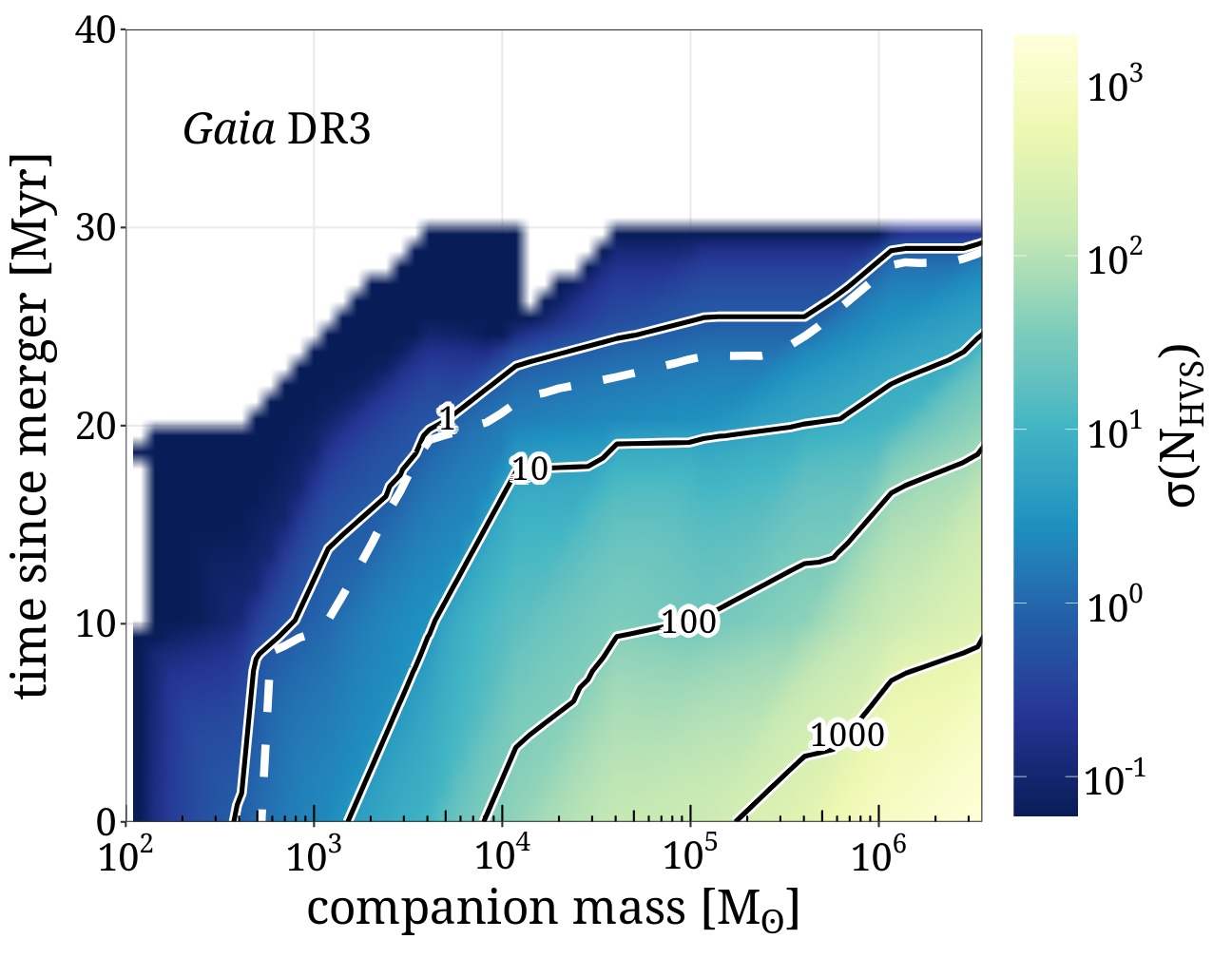
Fraser Evans
My research is mainly concerned with the fastest stars in the Galaxy — so-called ‘hypervelocity stars’ travelling at up to 2000 km/s, meaning they have or will eventually escape the Galaxy and fly into interstellar space. Extreme events are required to accelerate stars up to such extreme velocities, such as gravitational interactions between stars and Sgr A* (the supermassive black hole lurking in the centre of the Galaxy) or supernova explosions in stellar binary systems.
I study these energetic and short-lived scenarios in computer simulations, generating synthetic populations of hypervelocity stars which can be compared to actual observations. In doing so, we can offer insight into the physics of these ejection scenarios, i.e. which assumptions are likely to be correct and which may require refining, which are very difficult to observe directly.
This first figure is a schematic from Evans et al. (2020), showing a viable evolutionary pathway for how core-collapse supernovae among stellar binaries can stars at extreme velocities. To maximize the ejection velocity of a companion, a highly unequal-mass, initially tight binary undergoes common envelope evolution and tightens further. When one star explodes as a supernova, a `kick’ is applied to the black hole or neutron star left over — this kick is strong enough to unbind the binary and the companion is ejected at a large velocity. Given current constraints from recent work on massive binary evolution and supernova physics, we showed that this scenario is not likely to occur often enough to contribute significantly to the known population of the fastest Milky Way stars.



These next two figures are from Evans et al. (2021), where we compared the population of hypervelocity stars (HVSs) ejected following interactions between stars and Sgr A* in the Milky Way centre to the population of hypervelocity stars ejected following interactions with the (assumed) massive black hole in the centre of the Large Magellanic Cloud (LMC), the Milky Way’s largest dwarf galaxy companion. The contours show the sky distribution of both HVS populations in Galactic coordinates. In this work we showed that the LMC is potentially a more bountiful source of HVSs than was previously appreciated — LMC-ejected HVSs detectable in the future data release(s) from the Gaia space mission will outnumber those ejected by the Milky Way by a factor of ~2.5.
In the last figure, from Evans et al. (2023), we used HVS observations to constrain whether Sgr A* has currently, or had currently, a black hole companion orbiting around it. The contours show the number of HVSs which should have been easily detectable in Gaia Data Release 3 if Sgr A* merged with a black hole companion of a given mass at at given time in the past. Configurations below the white dashed lines are ruled out by the lack of HVSs in Gaia DR3. In this work we showed that if Sgr A* ever had a >1000 solar mass black hole companion, it must have merged with it no less than 10 Myr ago. This is (to our knowledge) the first direct constraint on Sgr A*’s recent merger history.
